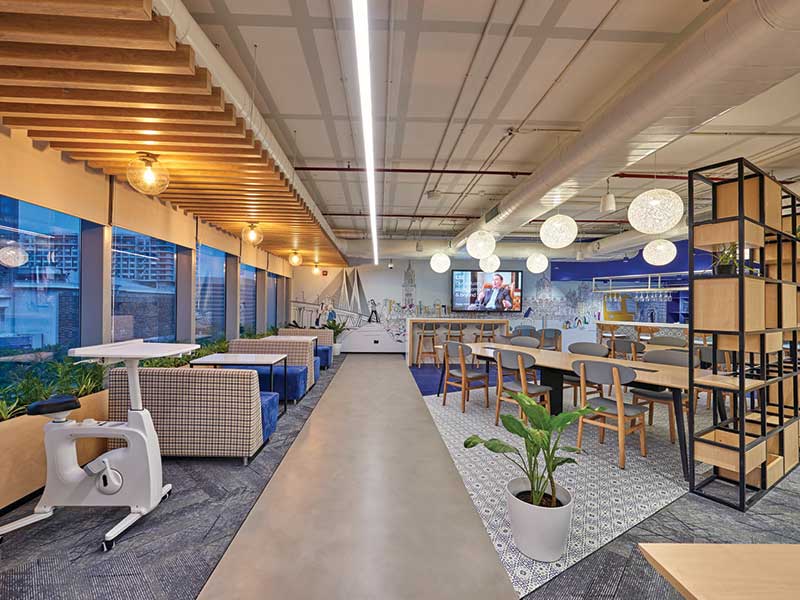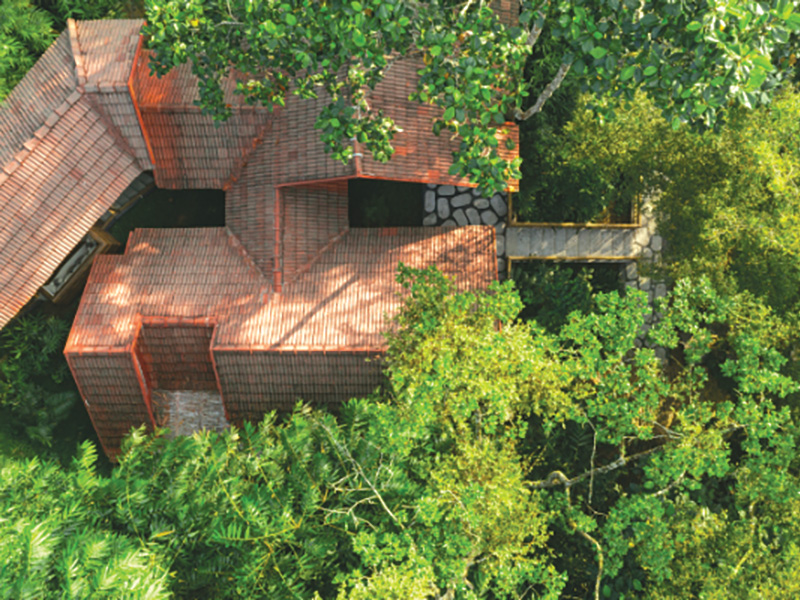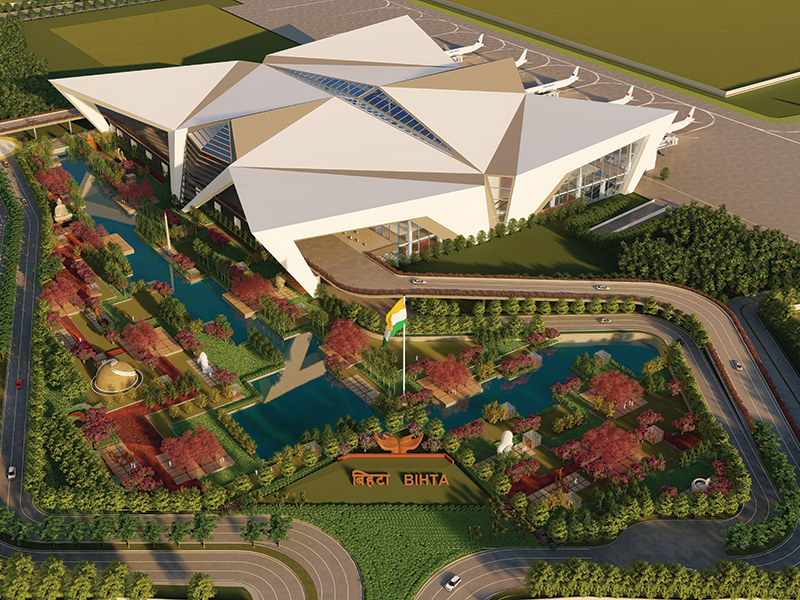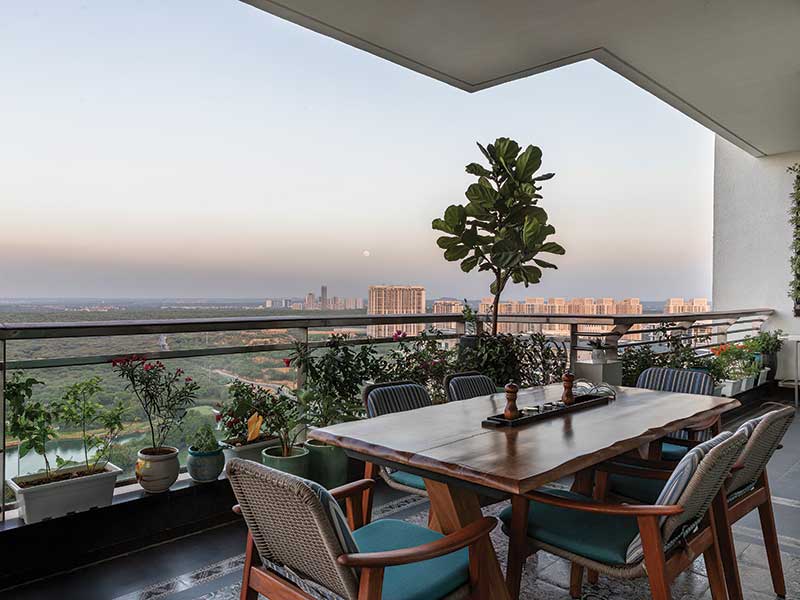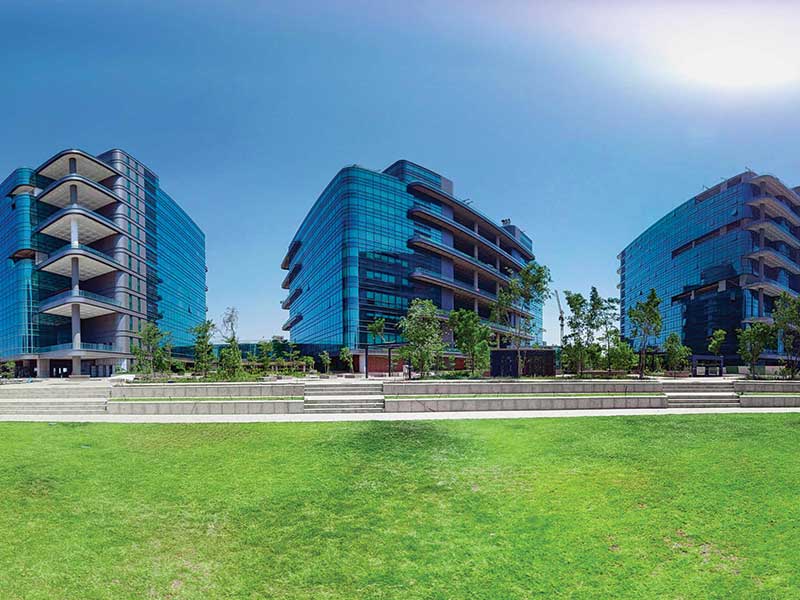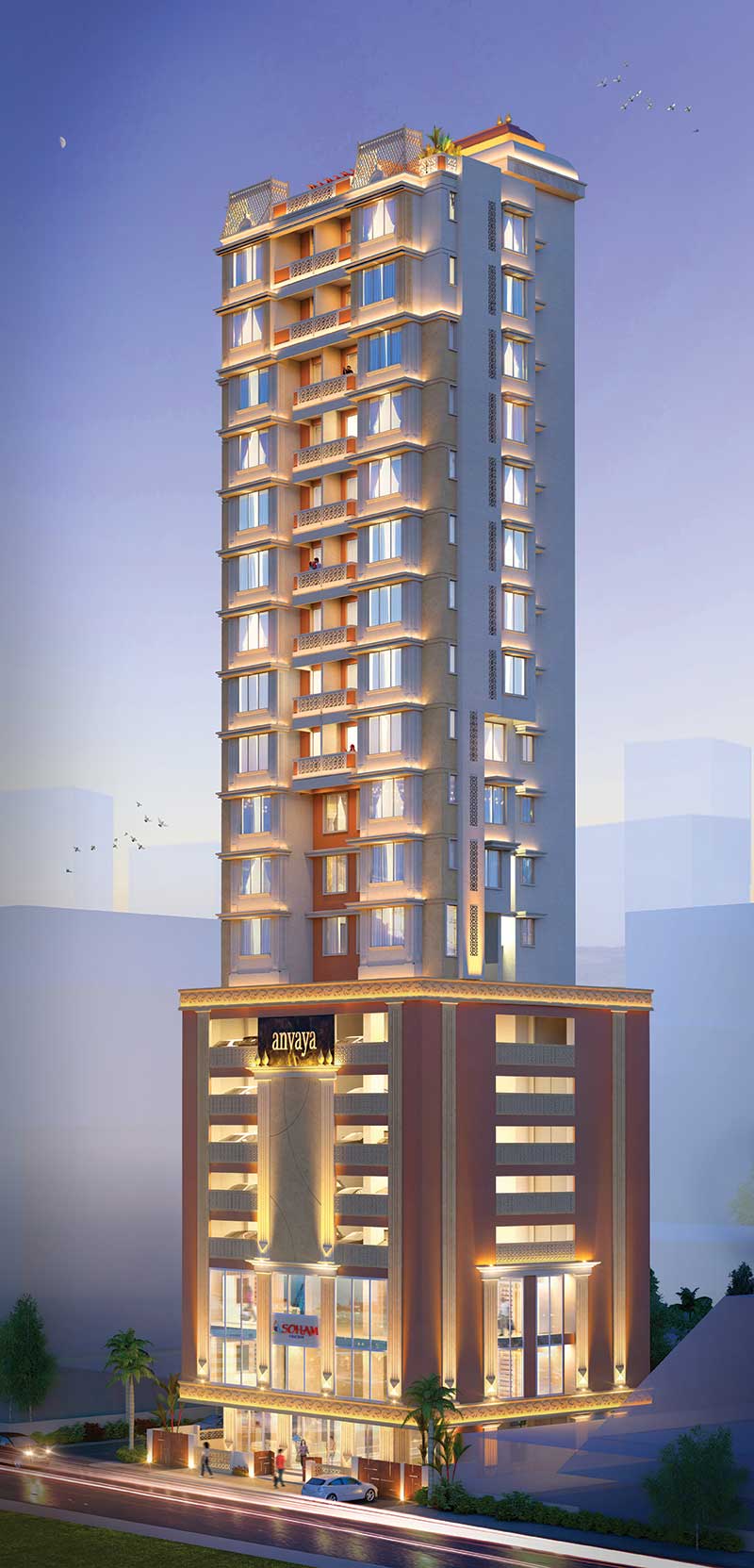
The capacity for the biosphere and human civilization to coexist is the fundamental of sustainability. Modern use of the term is comprehensive and tough to define precisely. Formerly, sustainability meant making use of natural, renewable resources that people can continue to rely on their yields in the long term. The idea is to make sure that utilization of available resources doesn’t have any detrimental effects to our collective well-being or making it impossible to get resources for other applications in the long run. A conscious approach is mandatory to save energy and ecological conservation in the design of the built environment.
One of the most important goals in achieving sustainability in architecture is energy efficiency over the lifetime of a building. This means implementing both passive and active techniques to reduce the building’s energy needs and enhance its ability to capture or even generate its own energy. The possibilities of exploiting local environmental resources is one among the critical things to contemplate when carrying out initial site inspections. Sustainable architecture seeks to attenuate the negative environmental impact of buildings by efficiency and moderation within the use of materials, energy, and development space and therefore the ecosystem at large.
The heat/cool calculations for the sort of exterior shell, windows and doors and number of occupants. Selection of the best location and orientation as per the landscape and solar power generation for the total electrical demands of the operational structure. Maybe have enough porch area for raised bed gardening. Endurable architecture means being able to satisfy consumers’ requests, taking the time and natural resources needed into consideration from the very early stages of the project, entering the context in the most viable way possible, planning ahead by making the space and materials employed completely reusable
Demand for sustainable buildings is increasing as sustainable designs have many ecological benefits, including waste and emissions reduction, water conservation, temperature moderation, storm water management. There is no better way for architects to become purveyors of social change than to embrace sustainable designs. Adapting to shifting demand and taking advantage of new technologies will pay dividends. The benefits not only apply to society at large, but also to individuals and businesses that make a conscious decision to embrace it.
Architects have an obligation to ensure that their designs improve the environment around them.
Ar. Manish Dikshit




